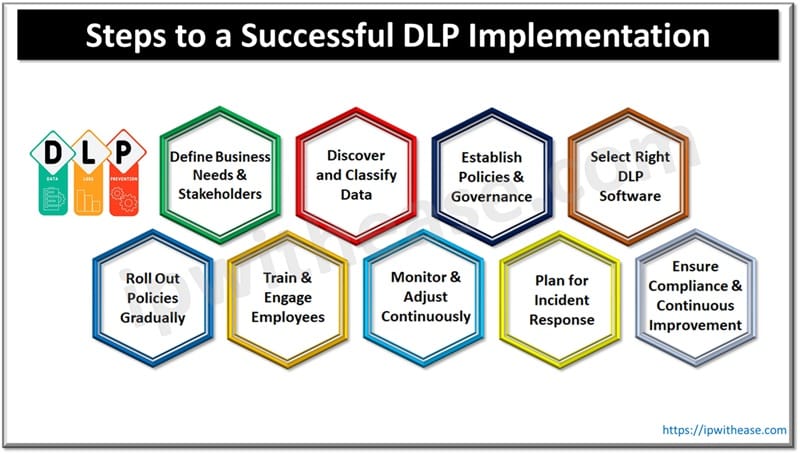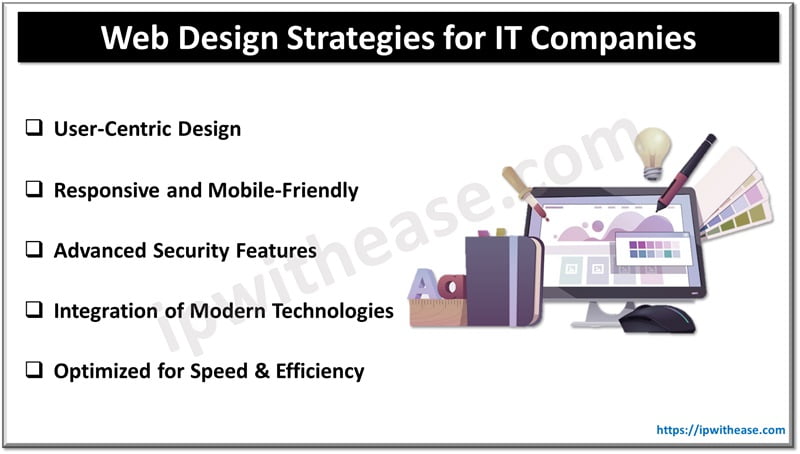Supply chain management has been around since the first businesses were developed. To make something, you need raw materials. Those raw materials are made into components, and those are assembled into a final product. This can be a simple connection of steps, but as the pandemic showed, our modern, global supply chain is almost impossibly complex, and unexpected problems can create major issues that ripple all the way down the chain.
We experienced delays, shortages, and entire industries were hit to the point of near collapse. This tells us that we need to find ways to make the global supply chain more robust; but it also tells every business that they need to use every tool possible that can help better manage their supply chain.

Fortunately, technological advances in just the last five years have transformed what the average business has at their fingertips for supply chain management. “Big Data”, essentially collecting vast amounts of data for use in analysis, was once only available to the biggest companies who could afford the investment. Data brokers today, along with freely available information, now make this a potential resource for even the sole proprietor.
Along with that big data we need something that can turn a mountain of raw bytes into valuable, actionable Intel. This is where the advancements of artificial intelligence (AI) have advanced at an almost startling rate (see ChatGPT for equal amounts of amazement and concern). AI-driven tools for supply chain have advanced to the point that they can benefit each step of supply chain management. They can boost predictive analytics; optimize the chain to reduce time and cost; maintain the validity of vendor parts and raw material to ensure they are genuine; and they can give a layer of transparency for customers, improving their satisfaction levels.
As complex as a modern supply chain is, the management portion has an incredibly simple goal: To predict and reduce uncertainty. That’s it. If you can do that, you have a major strategic advantage over competitors. Why? Because knowing and reducing uncertainty allows a business to predict when parts will come in, and can work to optimize their workflow to reduce time and cost. Predicting issues ahead of time allows a business to take action while there is still time, preventing delays and disasters.
So what data needs to be collected and how should a business best utilize AI to make that happen? Let’s dive in and find out.
Step 1: Get the Data
To best manage a supply chain, you need the correct data. This comes from two sources: internal and external. Surprisingly, especially for smaller companies, it’s often the internal data that is hardest to get because at least some of it has not been collected before. The key, driving-force mantra that a business should use to determine what data they need is: Variation.
Essentially, the business should examine in detail every process from initial product design to all parts in house, ready for manufacture. For example, how long does a product take to be designed? What are the likely components that will be used? Where are the vendors and what do we know about them? What are the probable lead times, and how reliable are the vendors in meeting those lead times? How far away are the vendors physically, and how will the parts arrive? Do the vendors have their own supply chain to manage and how well are they performing? What potential issues could create supply chain bottlenecks and disruptions, and what data do we have to predict them?
This collection of internal and external data should be mapped out, understood, and a plan to collect it all should be developed. Keep in mind that while it would be nice to have every piece of data possible, data is far from free. Any data you decide to collect has an initial collection cost (setting up the process to begin collecting it), and maintenance cost (keeping the data accurate and up to date), and a storage cost.
This doesn’t mean you should shy away from collecting a lot of data, but rather perform a quick return on investment assessment to ensure every piece of data has a purpose toward your goal: understanding and reducing variation.
A key point to consider, especially for supply chain management, is climate change. While it may be difficult to see at a local level, the amount of extreme weather events are increasing dramatically each year, causing even short supply chains to experience major disruptions and delays. This can affect goods in transit, but it can also affect the vendors directly. It’s critical to know where flooding, fires, extreme storms, and other weather events are occurring in relation to your supply chain.
This is actually one of the easier parts of supply chain management as weather data is critical for many applications, and there are very sophisticated platforms that collect weather data via API that someone with even limited coding knowledge can tie directly into their business systems. Extreme weather from climate change could be the biggest risk to future supply chains, and this element of predicting and managing variation will continue to grow as supply chains get more complex and weather becomes more chaotic.
Step 2: Use the Data
Once you have the data, you can set up a number of dashboards, predictive models, and even simulations of your supply chain. The level of complexity will depend on the size of your company and supply chain, how much variation you need to manage, and the level of expertise you can afford (in terms of your team) to not only develop analytical tools, but to maintain and evolve them as your business grows.
That said, AI tools can be helpful even to smaller companies as turnkey and near-turnkey solutions are being developed constantly. The key thing to note when deciding how AI can help manage the supply chain is that in general, AI can’t magically solve all your problems. Instead, AI is extremely good at a handful of things: predicting what will happen next, identifying things (classifying groups or finding anomalies), and optimizing a complex task. However, these are the core elements of supply chain management.
To identify and control variation in a supply chain, you must predict what will happen, identify anomalies, and optimize the elements of your supply chain.
Getting Started
Once you have decided to supercharge your supply chain management, it’s time to lay out a roadmap. As shown above, there is a lot of work to create the data and tools to truly maximize your supply chain, but the steps are fairly straightforward and are achievable with businesses of all sizes.
Continue Reading:
What is ChatGPT And How Can You Use It?
Top 5 IT Technology trends which will rule the future
ABOUT THE AUTHOR
IPwithease is aimed at sharing knowledge across varied domains like Network, Security, Virtualization, Software, Wireless, etc.



